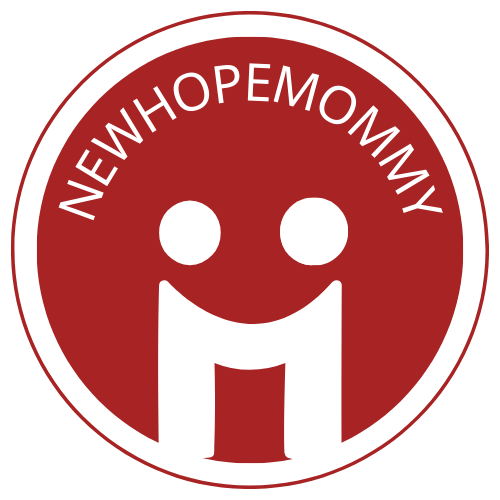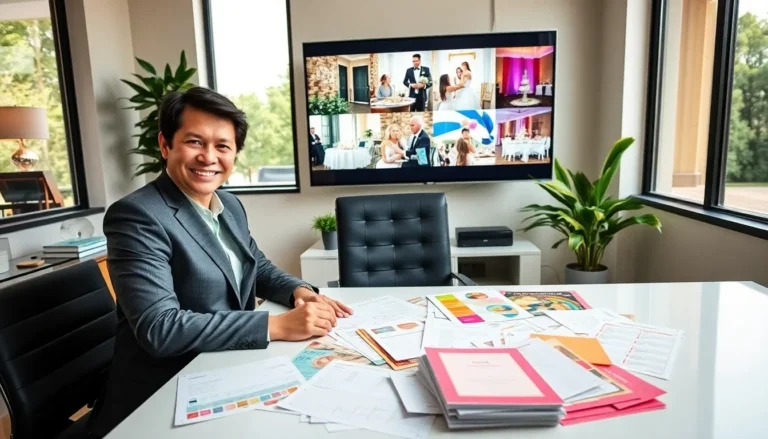Every child deserves a dedicated space to learn, create and grow. A reading table designed specifically for kids can transform ordinary study sessions into exciting adventures while promoting better posture and focus. It’s like giving them their own miniature command center where imagination meets education.
Creating the perfect study environment for children doesn’t have to be complicated or expensive. A well-designed reading table can make all the difference between fidgety frustration and engaged learning. From adjustable heights to built-in storage compartments these tables aren’t just furniture – they’re launching pads for future scholars painters and dreamers who need their own special spot to flourish.
Table of Contents
ToggleWhat Is a Reading Table for Kids?
A reading table for kids creates a dedicated space for reading, writing and learning activities. These specialized tables accommodate children’s unique physical needs while providing functionality for educational tasks.
Key Features to Look For
Reading tables incorporate essential elements that enhance learning experiences:
- Adjustable height settings adapt to growing children aged 3-12 years
- Sturdy construction with rounded edges prevents injuries during use
- Tiltable surfaces ranging from 0-40 degrees support proper book positioning
- Built-in storage compartments organize supplies like pencils books markers
- Anti-glare surfaces reduce eye strain during extended reading sessions
- Ergonomic design promotes correct posture with angled tabletops
- Non-slip feet maintain stability on various floor surfaces
- Waterproof materials protect against spills stains
Age-Appropriate Design Elements
Reading tables integrate specific features based on developmental stages:
Ages 3-5:
- Lower height settings of 19-21 inches
- Wider tabletop surface for art activities
- Basic storage options with open compartments
- Bright colors patterns to maintain engagement
Ages 6-8:
- Mid-range height of 22-24 inches
- Dedicated book holder attachments
- Multiple storage sections for supplies
- Adjustable lighting options
- Maximum height settings of 25-28 inches
- Larger work surface for multiple books
- Advanced organizational systems
- Professional style finishes
Benefits of Using a Reading Table
Reading tables provide children with essential ergonomic support during their daily learning activities. These specialized furniture pieces create an optimal environment for academic success through various physical and cognitive advantages.
Improved Posture and Comfort
Reading tables promote proper spinal alignment through ergonomic design features. The adjustable height settings allow children to maintain a 90-degree angle at their elbows while reading or writing. A correctly positioned table prevents neck strain by keeping books at eye level with a 15-degree tilt. The dedicated footrest support helps distribute body weight evenly across the sitting surface reducing pressure on the lower back. Built-in features like wrist rests minimize fatigue during extended study sessions while anti-slip surfaces keep materials securely in place.
Better Focus and Concentration
A dedicated reading table creates clear boundaries between study time and playtime in a child’s daily routine. The organized workspace eliminates common distractions like cluttered surfaces or unstable writing platforms. Storage compartments keep essential supplies within reach reducing interruptions to fetch missing items. The table’s defined space signals to children that it’s time to focus on academic tasks. Anti-glare surfaces minimize eye strain allowing longer periods of sustained attention. Strategic placement away from high-traffic areas helps maintain concentration during study sessions.
Popular Types of Reading Tables
Reading tables for kids come in diverse designs to accommodate different learning styles and age groups. Each type offers unique features that enhance the learning experience while maintaining safety and comfort.
Adjustable Height Tables
Adjustable height tables adapt to a child’s growth through telescoping legs or hydraulic lift mechanisms. These tables feature multiple preset height positions ranging from 21 to 30 inches to accommodate children ages 3-12. The adjustment mechanisms include push-button controls dial adjusters or pneumatic lifts for smooth transitions between heights. High-quality models incorporate anti-pinch safety features sturdy locking systems to prevent unwanted movement during use.
| Height Range | Age Group | Adjustment Type |
|---|---|---|
| 21-24 inches | 3-5 years | Push-button |
| 25-27 inches | 6-8 years | Dial adjuster |
| 28-30 inches | 9-12 years | Pneumatic lift |
Multipurpose Study Stations
Multipurpose study stations integrate storage compartments reading surfaces drawing areas into one compact unit. These stations feature built-in shelving units pencil holders book stands that maximize space efficiency. The surface areas include tiltable writing boards flat reading spaces art sections with varied textures. Storage options comprise pull-out drawers side pockets removable organizing trays for keeping supplies within reach. Premium models incorporate LED lighting USB charging ports built-in power strips to support digital learning activities.
| Feature | Specification | Purpose |
|---|---|---|
| Surface Area | 24×36 inches | Writing/Reading |
| Storage | 3-4 compartments | Supply organization |
| Tilt Range | 0-40 degrees | Ergonomic positioning |
Choosing the Right Size and Style
Selecting an appropriate reading table involves careful consideration of spatial dimensions and functional design elements. The right size and style create an optimal learning environment that adapts to a child’s specific needs and available space.
Space Requirements
A reading table requires 36-48 inches of clearance space in front for comfortable seating and 24-30 inches on each side for easy movement. Standard table dimensions include:
| Table Size | Age Group | Width | Depth | Height Range |
|---|---|---|---|---|
| Small | 3-5 years | 24″ | 18″ | 18-22″ |
| Medium | 6-8 years | 30″ | 24″ | 22-26″ |
| Large | 9-12 years | 36″ | 30″ | 26-30″ |
Corner placement maximizes room space while maintaining proper lighting angles. L-shaped configurations offer additional workspace in rooms larger than 100 square feet.
Storage Solutions
Built-in storage compartments enhance organization through specialized spaces for different materials:
- Side drawers accommodate standard-sized paper sheets folders
- Pull-out trays hold writing implements pens pencils markers
- Book stands support textbooks at ergonomic reading angles
- Under-desk cubbies store larger items art supplies backpacks
- Desktop organizers include slots for tablets electronic devices
Magnetic strips attached to table sides keep metal items accessible. Cable management systems integrated into the table structure maintain cord organization for electronic devices.
Setting Up a Reading-Friendly Environment
Creating an effective reading environment requires strategic placement of furniture elements integrated with proper lighting solutions. A dedicated reading space enhances focus concentration while promoting healthy reading habits.
Proper Lighting Tips
Natural light from windows positioned to the left side of the reading table reduces eye strain during daytime reading sessions. LED desk lamps with color temperature settings between 4000K-5000K provide optimal illumination for evening study. Position light sources 16-20 inches above the reading surface at a 45-degree angle to minimize glare. Task lighting fixtures with adjustable arms offer 450-900 lumens of focused illumination ideal for detailed reading activities.
| Lighting Type | Recommended Lumens | Color Temperature | Distance from Surface |
|---|---|---|---|
| Desk Lamp | 450-900 | 4000K-5000K | 16-20 inches |
| Ceiling Light | 1500-3000 | 3000K-4000K | 6-8 feet |
| Natural Light | N/A | 5000K-6500K | Variable |
Organization Ideas
Storage containers in contrasting colors separate reading materials by subject or type. Labeled magazine holders store thin books vertically while maintaining spine visibility. Desktop organizers with 3-5 compartments keep essential supplies within arm’s reach. Adjustable bookends prevent books from falling while maximizing shelf space usage. Clear containers display art supplies making selection effortless. Under-desk drawers store extra materials reducing desktop clutter. Wall-mounted pegboards hold frequently used items creating additional workspace. Book displays at eye level showcase current reading materials encouraging engagement.
| Storage Solution | Capacity | Best Use Case |
|---|---|---|
| Magazine Holders | 8-12 books | Thin paperbacks |
| Desktop Organizers | 15-20 items | Daily supplies |
| Under-desk Drawers | 25-30 items | Extra materials |
Conclusion
A well-chosen reading table serves as more than just furniture – it’s an investment in a child’s educational journey. The right table creates an inviting space that encourages learning while supporting proper posture and focus.
Parents can transform any corner of their home into an effective study area by selecting age-appropriate features adjustable heights and built-in storage solutions. When combined with proper lighting and thoughtful organization these tables become powerful tools for fostering healthy reading habits and academic success.
By prioritizing ergonomic design strategic placement and dedicated storage solutions families can create an environment where children feel inspired to learn and grow. The perfect reading table isn’t just about having a place to study – it’s about building a foundation for lifelong learning habits.







